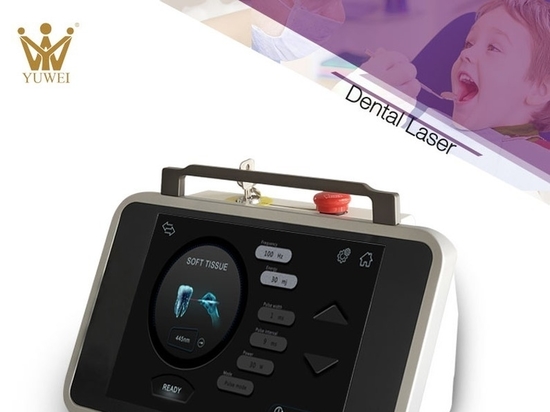
#Industry News
Design Features and Application Guidelines for Pediatric Dental Instruments
Pediatric dental instruments must prioritize safety, comfort, and appeal to ease children’s anxiety and improve treatment outcomes.
In pediatric dental care, instruments specifically designed for children not only improve treatment efficiency but also effectively alleviate their anxiety, optimizing the overall experience. Compared to adult dental instruments, those for children must emphasize safety, comfort, and fun to meet their unique needs. Below are the design features and application guidelines for pediatric dental instruments.
1. Design Features
Compact Size
Children’s smaller oral anatomy requires instruments with appropriately scaled-down dimensions. For example, child-sized mouth mirrors, probes, and forceps are typically more delicate, allowing for easy handling and minimizing risks of soft tissue injury.
Safe Materials
Pediatric dental instruments must use non-toxic, biocompatible materials that are easy to clean and sterilize. Common choices include medical-grade stainless steel, silicone, and polycarbonate, ensuring safety while withstanding high-temperature sterilization.
Friendly Appearance
To ease children’s anxiety, many instruments feature attractive designs, such as bright colors or cartoon motifs. These playful elements can capture children’s attention and encourage cooperation during treatment.
Noise Reduction
Children are often sensitive to noise, and traditional dental tools can be intimidating. Instruments for children often incorporate noise-reduction technologies, such as low-noise dental drills or ultrasonic scalers, to make the treatment process less stressful.
2. Application Guidelines
Selecting Appropriate Instruments
When treating children, dentists should prioritize child-specific instruments. For example, pediatric forceps are better suited for extracting baby teeth with minimal force, reducing the risk of damage.
Refined Operation Techniques
Dentists should handle pediatric instruments with extra care and patience, ensuring minimal stimulation to the oral soft tissues. Engaging with children and building rapport can also help them relax.
Using Auxiliary Tools
Tools like pediatric-specific oral retractors or lightweight mouth props can enhance efficiency and ensure the child’s comfort. Additionally, dental chairs designed for children should accommodate their height and body size.
Incorporating Fun Interactions
Integrating multimedia devices or virtual reality tools can divert children’s attention during treatment, allowing them to watch animations or play games. These technologies enhance the experience and make dental visits more enjoyable.
3. Future Trends
With advances in technology, pediatric dental instruments are becoming increasingly intelligent. AI-based diagnostic tools can quickly assess children’s oral health, while personalized 3D-printed instruments can cater to individual needs.
Conclusion
The design and application of pediatric dental instruments are essential in modern dentistry. By focusing on details and adapting to children’s unique requirements, dentists can deliver effective treatments while leaving children with a positive impression of dental care.




